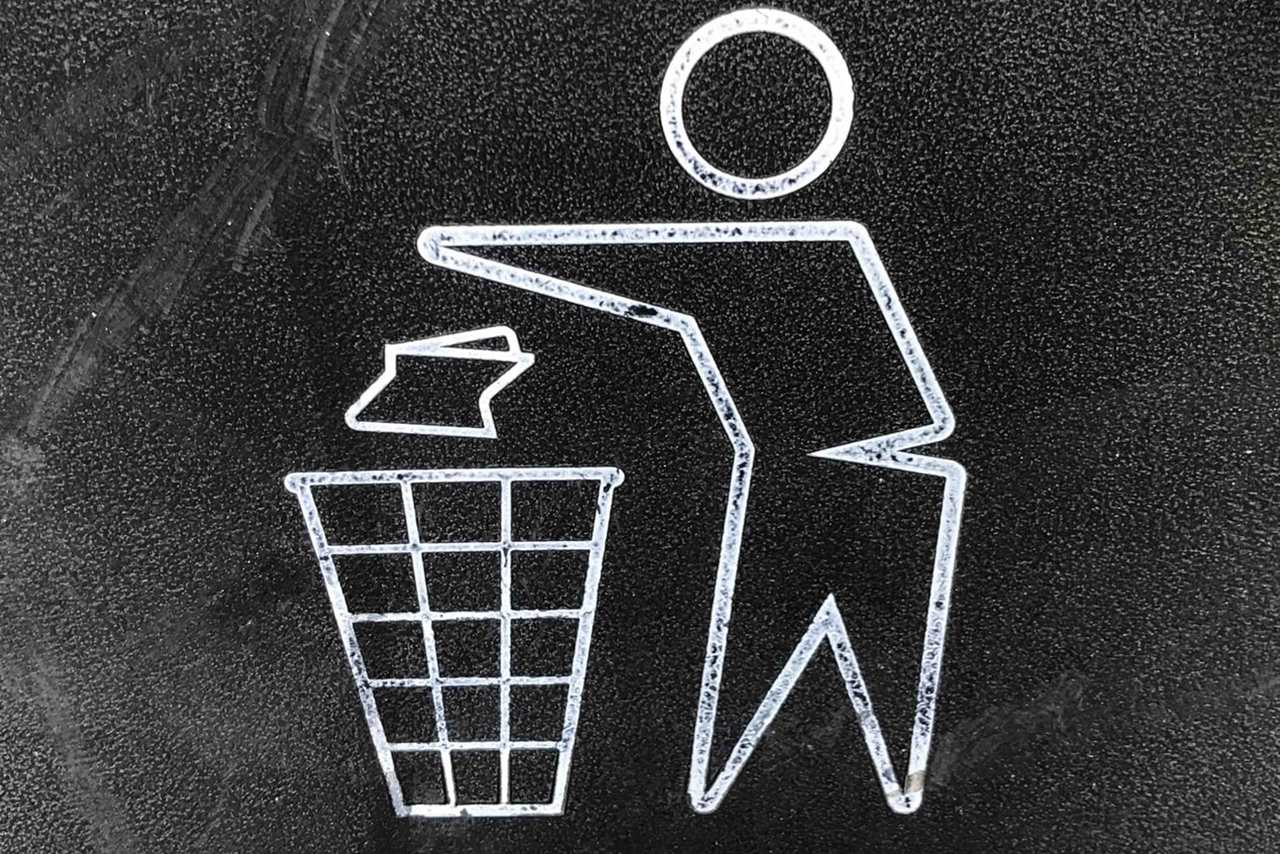How much of our recycling is not recycled, and why is contamination such a problem?
According to the Environmental Protection Agency (EPA), in 2015 approximately 262.4 million tons of municipal solid waste (MSW) was generated in the United States. Of the MSW generated, approximately 67.8 million tons (25.8 percent) was recycled, 23.3 million tons (8.9 percent) was composted, and 33.5 million tons was combusted with energy recovery (12.8 percent). The remaining 137.7 million tons (52.5 percent) of MSW was landfilled. However, EPA estimates that 75 percent of MSW is recyclable. Over the last few decades, the recycling, composting, combustion with energy recovery, and landfilling of MSW have changed. While the amount of MSW produced per person per day went up from 3.66 pounds in 1980 to 4.48 pounds in 2015, recycling has also increased from less than 10 percent in 1980 to 25.8 percent in 2015.
Appears InRecycling is very beneficial for the environment. For example, recycling one ton of office paper can save the energy equivalent of consuming 322 gallons of gasoline. Recycling providers may require different types of materials to be collected in the same bin (single-stream recycling) or different types of materials in separate bins (multistream recycling). The presence of contaminants turns recycling into trash. When the occurrence of contaminants in a load of recycling becomes too great, the items are sent to the landfill as they could add extra cost or damage recycling machinery. The average recycling contamination rate is around 25 percent, meaning one in four items thrown in a recycling bin is not recyclable.
There are several types of recycling contamination, including food waste, plastic, and more. Plastic is recyclable, but that doesn’t mean that all plastics are recyclable. Recyclable plastics are labeled with numbers 1–7 to tell workers what kind of plastic it is, and how it should be processed. Plastic bags and items made from plastic material (e.g., shrink-wrap, Bubble Wrap, Ziploc bags, trash bags, etc.) are the worst recycling contaminator of all. Any kind of plastic bag is going to tangle around the machinery that rotates at the recycling center.
The EPA advises to never put the following items in the recycling bin: garden hoses, needles, syringes, bowling balls, food, food-soiled paper, propane tanks or cylinders, and aerosol cans that aren’t empty. One final rule of thumb is to always empty anything before throwing it in a blue bin, to avoid any other contamination. Plastic, metal, and glass material must be empty and rinsed clean of food debris before being recycled. Paper materials must be empty, clean, and dry before being recycled.
Pranshoo Solanki, associate professor, Department of Technology
Our top faculty experts answer questions from the Illinois State University community in the “Ask a Redbird Scholar” section. To submit a question, email Kevin Bersett at kdberse@IllinoisState.edu or tweet it to @ISUResearch. Chosen questions and answers appear in each issue of Illinois State’s new research magazine, the Redbird Scholar. To read other “Ask a Redbird Scholar” posts, visit IllinoisState.edu/RedbirdScholar.


